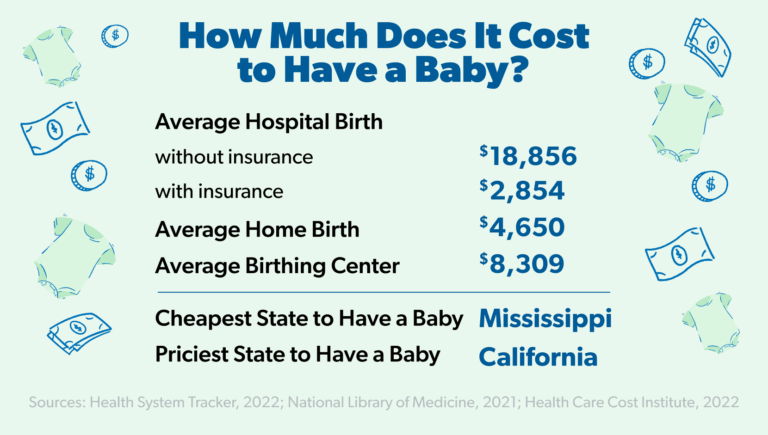What Is Rooting Baby: The Ultimate Guide
Are you a new parent or soon-to-be-parent curious about the concept of rooting baby? In this comprehensive guide, we will delve into everything you need to know about rooting baby, including its significance, process, and benefits. So, let’s get started!
Knowledge
Rooting baby is a natural reflex that newborns exhibit when they feel a touch on the corner of their mouth or cheek. This reflex is essential for breastfeeding as it helps the baby locate the nipple and latch on to it for feeding.
The rooting reflex is crucial for the baby’s survival, especially in the early days after birth. It allows the baby to find the source of nourishment, typically the mother’s breast, and initiate the feeding process. Without this reflex, the baby may struggle to latch on properly, leading to feeding difficulties.
When a baby’s cheek or mouth is touched, they will turn their head towards the source of the touch and open their mouth in search of the nipple. This instinctual response is automatic and does not require any conscious effort on the baby’s part. It is a natural and essential behavior that aids in the feeding process.
Rooting baby helps establish a strong breastfeeding bond between the mother and the infant. It ensures that the baby receives adequate nourishment and promotes healthy growth and development. Additionally, the rooting reflex can provide comfort and security to the baby during feeding sessions.
Conclusion
In conclusion, rooting baby is a fundamental reflex that plays a vital role in the breastfeeding journey of newborns. Understanding this reflex and its significance can help parents navigate the early stages of feeding with confidence and ease.
Rooting baby is a natural and instinctual behavior that promotes bonding between the mother and the infant. It is a beautiful reminder of the innate connection between parent and child, fostering a nurturing and loving environment for the baby to thrive.






